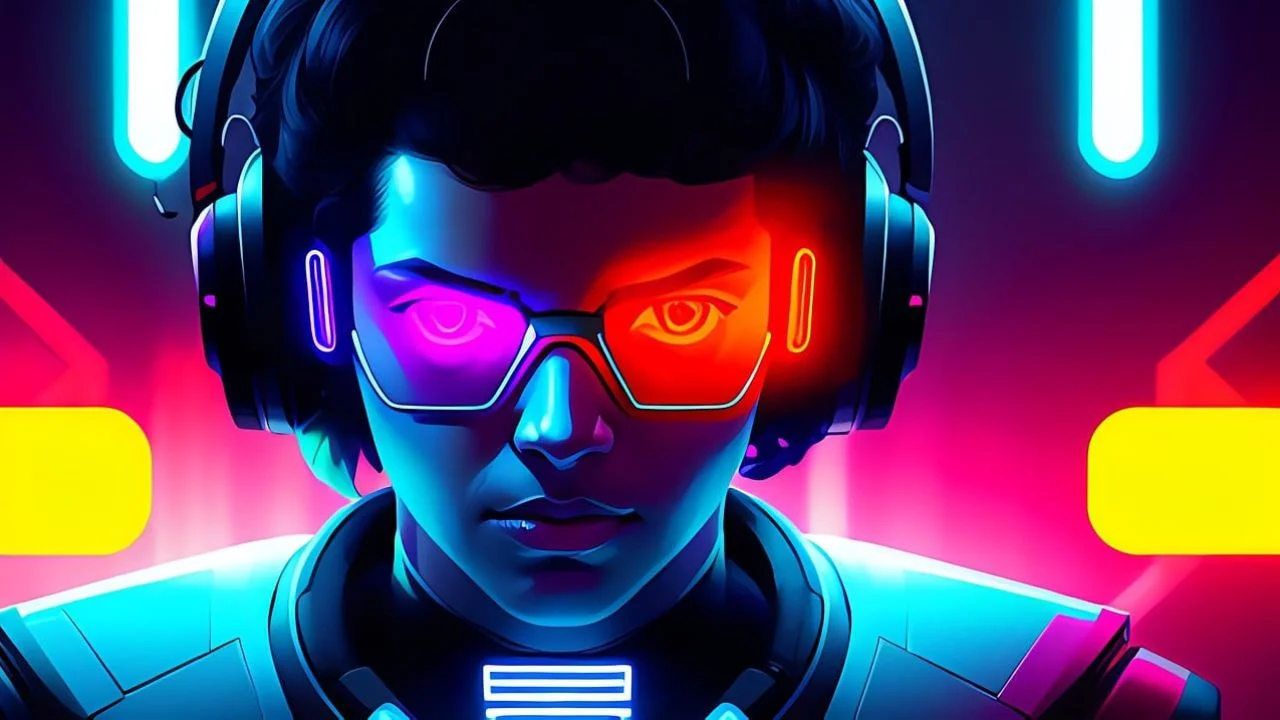Unleash your creativity with the best ChatGPT prompts for storytelling! Discover how AI can help you craft unique story ideas, develop compelling characters, and build engaging plots. Dive in now on itirupati.com!

Creative writing is a magical process where imagination meets expression, crafting stories that captivate readers. But sometimes, even the most seasoned writers find themselves staring at a blank page, struggling to spark their creativity. Enter ChatGPT, an AI tool that can serve as a powerful ally in your writing journey. In this blog, we’ll explore how to use ChatGPT for generating story ideas, character development, and plot creation. Let’s dive in and discover how this AI marvel can transform your writing process!
One of the biggest challenges in writing is coming up with fresh and intriguing story ideas. ChatGPT can help you break through this barrier with ease. Here are some prompts to get your creative juices flowing:
These prompts can help you explore uncharted territories and come up with unique story ideas that stand out. By asking ChatGPT to generate unconventional ideas, you can break free from clichés and write stories that surprise and delight your readers.
For more on generating creative content, check out our blog on Best AI Tools for Content Generation.
Characters are the heart of any story. They drive the plot and connect with readers on an emotional level. ChatGPT can assist in developing well-rounded and compelling characters. Here are some prompts to try:
Using these prompts, you can create multidimensional characters that feel real and relatable. ChatGPT can help you flesh out your characters, giving them unique traits, backgrounds, and arcs that make them memorable.
If you’re interested in more about using AI for different aspects of writing, read our article on How to Choose the Right AI Tool for Your Business.
A well-structured plot keeps readers engaged from beginning to end. ChatGPT can help you outline and develop your story’s plot with these prompts:
These prompts can help you construct a compelling narrative arc with engaging twists and turns. ChatGPT can assist in brainstorming plot points, ensuring your story has a clear structure and pacing that keeps readers hooked.
For tips on implementing AI tools in other areas, explore our guide on How to Implement AI Chatbots to Improve Customer Service.
Dialogue brings characters to life and moves the story forward. ChatGPT can help you create engaging and realistic conversations. Here’s how:
With ChatGPT’s assistance, you can create dialogue that feels natural and enhances your story. By experimenting with different tones and styles, you can make your characters’ voices distinct and memorable.
Writer’s block can be frustrating, but ChatGPT can help you push through it. Here are some prompts to get back on track:
Using these prompts, you can overcome writer’s block and keep your creative process flowing. By leveraging ChatGPT’s ability to generate ideas and descriptions, you can maintain momentum and finish your story with confidence.
For more insights into using AI tools effectively, don’t miss our post on How to Use AI for Data Analysis and Insights.
ChatGPT is a versatile tool that can enhance every aspect of your creative writing process. From generating story ideas and developing characters to crafting plots and dialogue, the possibilities are endless. By incorporating these prompts into your writing routine, you can unlock new levels of creativity and produce stories that captivate and inspire.
Remember, the key to effective use of ChatGPT is to experiment and have fun with it. Let your imagination run wild and see where ChatGPT can take your writing! Whether you’re a novice writer or a seasoned author, ChatGPT can be the spark that ignites your next great story.
For further reading, check out our comprehensive guide on How to Develop Custom AI Solutions for Your Specific Needs.
Subscribe and get 3 of our most templates and see the difference they make in your productivity.
Includes: Task Manager, Goal Tracker & AI Prompt Starter Pack
We respect your privacy. No spam, unsubscribe anytime.

AI tool that improves writing with smart paraphrasing, grammar checks & image generation.

Build full-stack, production-ready software using plain-language prompts—no coding needed.

AI tool organizes your inbox by automatically sorting emails and reducing clutter.